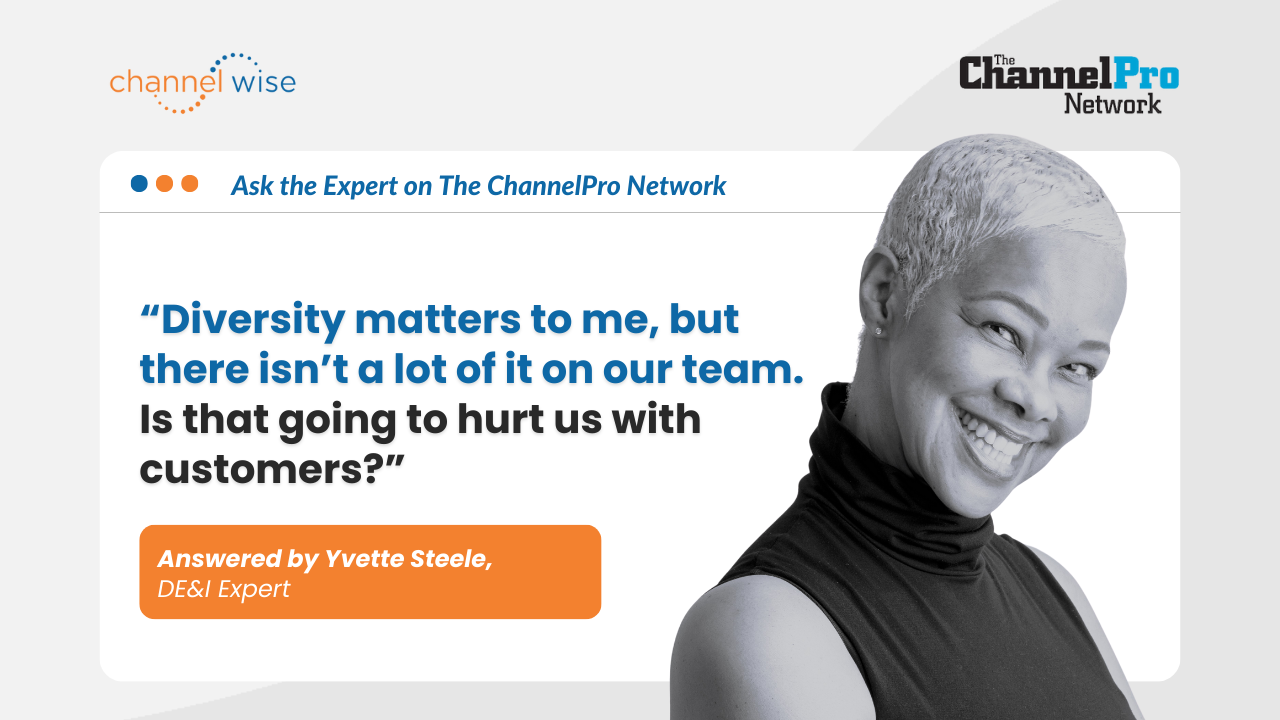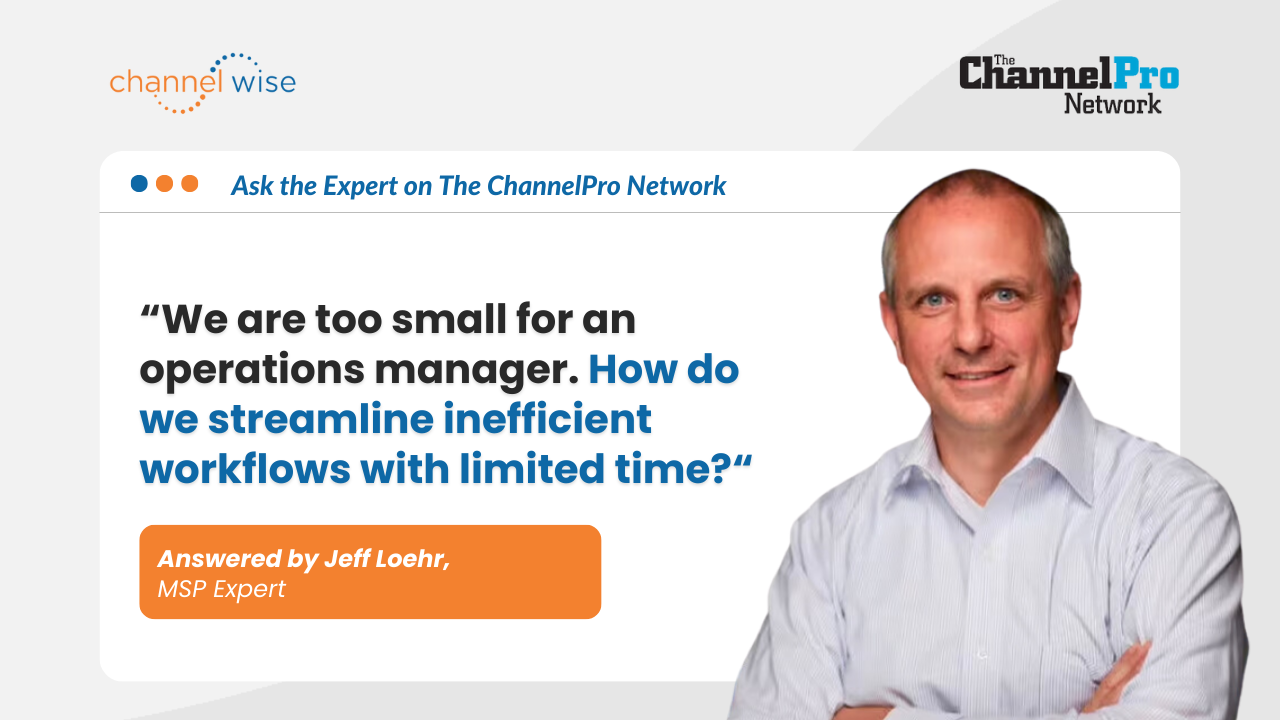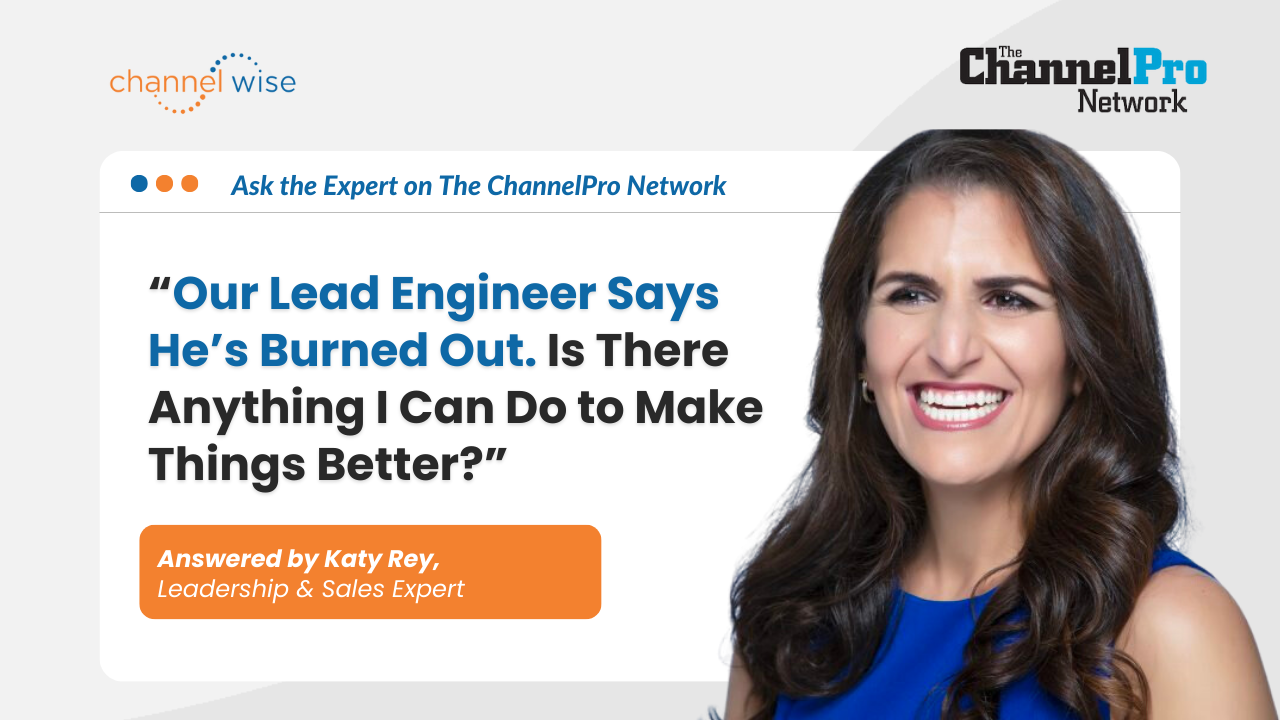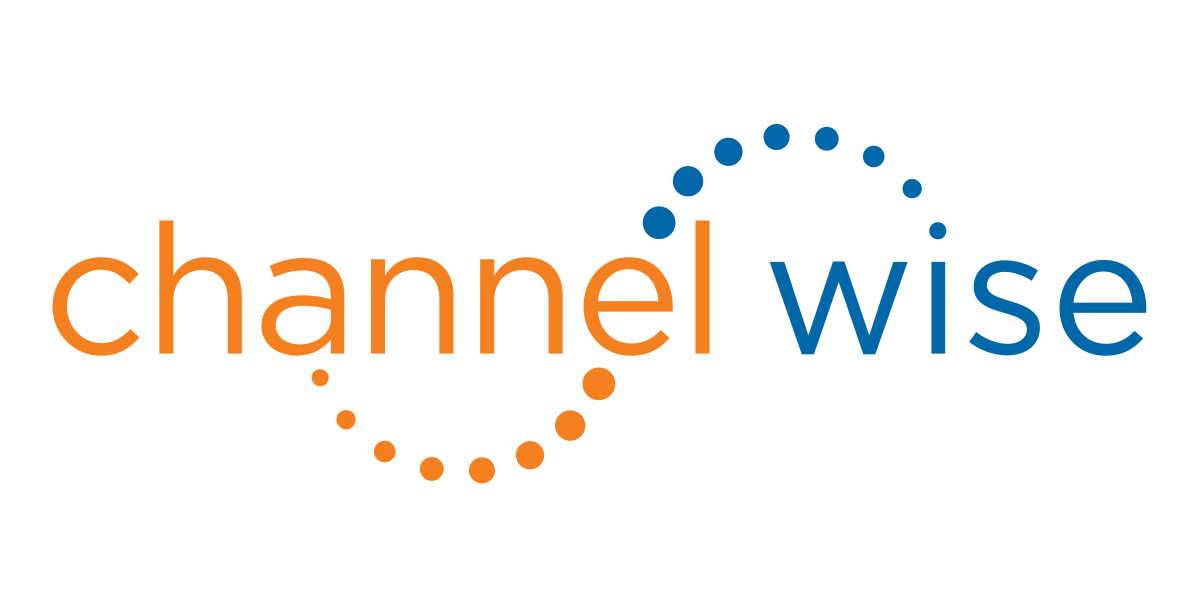How to Expand Internationally Through the Channel Ecosystem
Replay:
Expanding a business internationally is a coveted goal that brings with it a promise of new markets, diverse customer bases, and heightened profitability. However, the path is littered with challenges and complexities, especially in Asia.
In our previous episode of Ask the Expert Live, Kathryn Rose, CEO and founder of channelWise, interviewed
Ananth Lazarus, founder & president of Partner Plexus, who delved deep into the topic of international expansion, leveraging his extensive experience and profound knowledge of channel ecosystems.
Here, Ananth provided a nuanced understanding of market trends, operational models, and the crucial role of local partnerships in creating sustainable ecosystems in the region.
Highlights:
- The Asia-Pacific region is a lucrative business market, but successful expansion requires understanding diverse cultures and leveraging local partner ecosystems to navigate varied laws and economic landscapes.
- Partner Plexus and Managed Service Providers are instrumental in creating sustainable ecosystems and offering cohesive, flexible solutions in the Asia-Pacific, especially in mature markets like Australia, New Zealand, and Singapore.
- Effective models for expansion include fractional partner leadership and exclusive partnerships, which allow companies to minimize risk and optimize growth while addressing regional trends and maintaining relevance in a rapidly evolving industry.
What Makes the Asia-Pacific Region a Fertile Ground for Channel Businesses?
The Asia-Pacific region is a land of sheer opportunity and a massive market, rendering it a fertile ground for channel businesses. Several countries here have rapidly maturing economies, growing at a pace unprecedented in the West. The prevalent appetite for technology in this region is continuously expanding, and the investments in legacy systems are comparatively minimal. This scenario provides a unique advantage, allowing for the initiation and adoption of a new generation of technology at a much higher pace and scale.
What are the Challenges Encountered When Expanding Internationally, Especially in the Diverse Asia-Pacific Region?
Expanding internationally, particularly in the Asia-Pacific region, presents significant challenges. A prevalent mistake is viewing Asia as homogeneous—it’s far from it. Macroeconomic factors like the political environment, population, GDP, and technology adoption rates vary enormously across different countries in this region. Internet penetration is also notably disparate; some areas boast the fastest internet bandwidths, while others lag significantly. Understanding and respecting each country's cultures, distinct nuances, and languages are crucial when considering an entry into these diverse markets.
How Should Companies Prioritize Specific Areas for International Expansion Within the Asia-Pacific Region?
Beyond considering the challenges I mentioned, it essentially boils down to understanding the foundational cultural differences and navigating each country's complex, varied laws. Evaluating the opportunities and competition level in each country is crucial; in some, the competition is extremely intense, and introducing an international player can face numerous barriers, including trust. Furthermore, acquiring quality talent is invariably challenging as your company might be unknown in this part of the world despite having a brand presence elsewhere.
Is Leveraging the Partner Ecosystem a Viable Route for Companies Aiming to Expand in the Asia-Pacific Region?
Absolutely, leveraging the partner ecosystem is paramount when considering international expansion. Planting your flag internationally poses significant risks, and deciding where and how to do so can be daunting. Leveraging partners closer to customers in the region who have been working with them for years can catalyze quicker market entry. This approach also minimizes risk, reduces costs, and alleviates the challenge of recruiting suitable talent over time, making it a strategically advantageous route.
How Does Partner Plexus Aid Companies in Identifying Suitable Ecosystem Partners in the Asia-Pacific Region, and What is the Role of MSPs in these Markets?
Partner Plexus helps companies create sustainable ecosystems in the Asia-Pacific region by initiating a phase of discovery and foundation. We delve deep into understanding who the ideal customer is and who they currently purchase from, and consequently, determine the ideal partner profile, considering the distinct market needs of various countries in the region.
MSPs, or Managed Service Providers, indeed play a pivotal role in mature markets within the region, where they are not just thriving but accelerating, particularly in countries like Australia, New Zealand, and Singapore. The perception and adoption of MSPs vary across the region, depending on market maturity. In mature markets, companies moving towards the cloud are gravitating towards MSPs, seeking a cohesive and flexible approach to bringing everything together. This trend is evident with the success of big international names like NTT in the region, symbolizing the market’s shift towards integrated and adaptable solutions.
Can You Share Examples That Have Worked for Companies Successfully Expanding into the Asia-Pacific Region?
There are primarily two models that we have observed to be most resonant and successful for companies aiming to penetrate the Asia-Pacific market: fractional partner leadership and exclusive partnerships.
Fractional Partner Leadership:
- In this model, companies, especially those unknown in the region, can leverage seasoned local partners backed by an organization with a systematic approach and their own intellectual property. This allows companies to attract top-notch practitioners and minimize risk. It enables companies to “test before they invest,” helping them make informed decisions without committing extensive resources immediately.
Exclusive Partnerships:
- Some companies opt to form exclusive partnerships with specific companies in the region. In this arrangement, both parties have clear expectations and mutual benefits (“gives gets”). We assist companies in managing and optimizing these partnerships to ensure sustainable high growth and business development in the region.
These models are especially effective as they consider the region's unique landscape, allowing companies to adapt and grow sustainably.
What are some of the trends you are observing in the Asia-Pacific market?
In the Asia-Pacific market, several discernible trends align with global patterns but with unique regional specifics:
Value and Innovation:
- Companies in the region are willing to pay for value and innovation. As these companies are evolving and growing at a faster pace than those in other parts of the world, it is crucial for vendors and partners to keep pace and continue to innovate to assist in the transformation of these companies.
Openness to International Competition:
- Most places are not averse to international competition, especially when companies enter the market in tandem with a partner who understands the local business landscape.
Country Prioritization:
- While Singapore is seen as the gateway to the Asia-Pacific, planting the flag there alone won’t suffice. It’s important to conduct thorough analyses on where to expand next, considering the strength and local relevance of the solution, scalability, competition, and the pace of innovation.
Relevance and Industry Changes:
- Given that the industry evolves by the day, maintaining relevance is pivotal. Vendors and partners must be vigilant about the rapid changes in the industry and adjust their strategies accordingly.
Addressing these trends effectively requires a comprehensive understanding of the market, consideration of local nuances, and a tailored, strategic approach to expansion and partnership.
Why did you decide to join channelWise?
I decided to join channelWise because I see it as a fantastic platform. What attracted me is my passion for all things channel ecosystem, and I perceive there's a lack of knowledge on how the channel can be a force multiplier. I believe it's crucial to impart knowledge to companies, be they startups or midsize, to leverage the channel ecosystem and scale. I view the channel as a remarkable route to market and am fervent about helping companies navigate it effectively. It’s significant to work with practitioners who have been there, done that, and know the lay of the land instead of just consultants to ensure companies are not just introduced to partners but are also assisted in the execution of this journey.
For more advice about international expansion, visit Ananth's profile on channelwise.
Check out channelWise.com to find more experts to help you with your business or career.
Note: Transcript is edited for time and clarity.







Contact Us
All Rights Reserved | wiseHer, Inc. d/b/a channelWise

